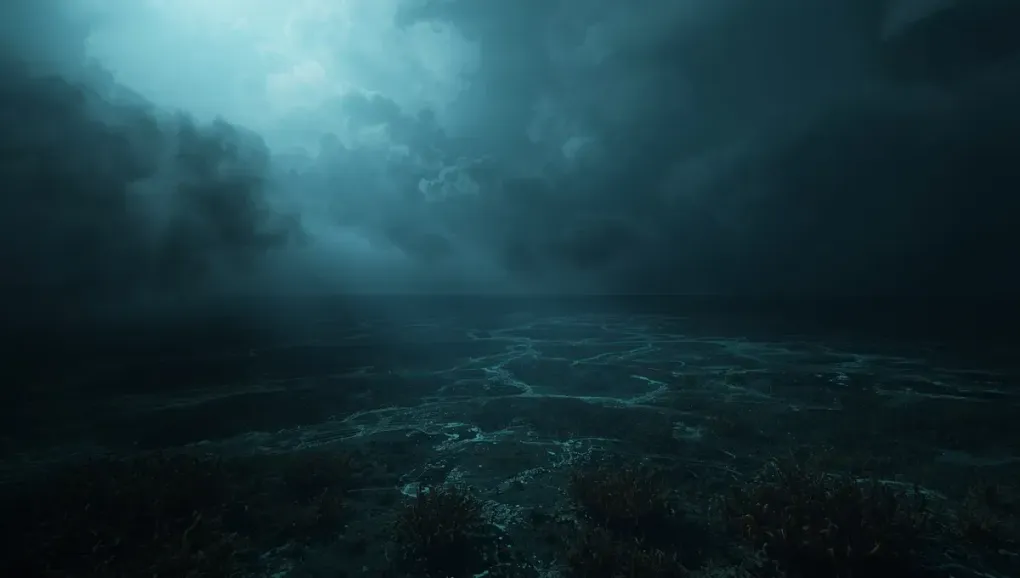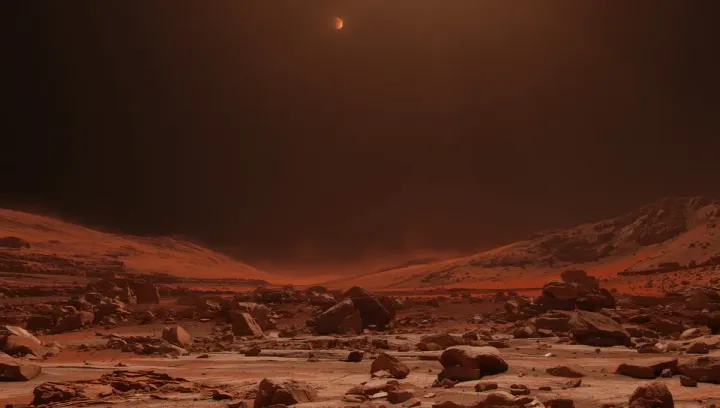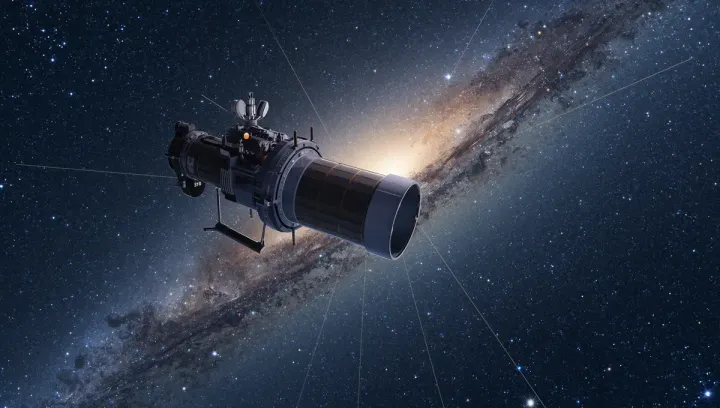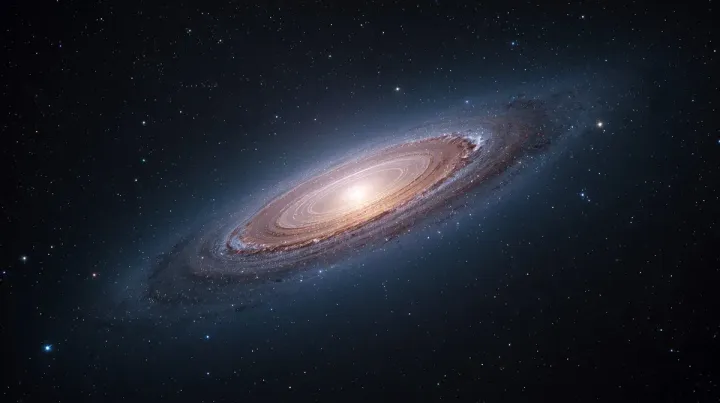
Hints of Life on K2-18b? Webb Detects Molecule Only Made by Organisms
In a tantalizing development, the James Webb Space Telescope has detected molecules in the atmosphere of exoplanet K2-18b that, on Earth, are only produced by life. The Cambridge University team studying the planet found signs of dimethyl sulphide (DMS), a gas emitted by marine phytoplankton. While this is the strongest evidence yet for a potential biosignature on another world, scientists are cautious. The detection is still tentative and needs further confirmation. This post explores the groundbreaking, though not yet conclusive, findings, the nature of K2-18b, and the rigorous process scientists will undertake to verify if we are on the verge of one of the most profound discoveries in human history.
### A Water World in the Habitable Zone
K2-18b, located 124 light-years away, is an exoplanet about 2.5 times the size of Earth. It orbits its star within the habitable zone, the region where temperatures are right for liquid water to exist. It is considered a prime candidate for a “Hycean” world—a hypothetical class of planet with a deep liquid water ocean under a hydrogen-rich atmosphere. The presence of both methane and carbon dioxide, alongside the absence of ammonia, in its atmosphere already supported the theory of a water ocean.
### The Biosignature: Dimethyl Sulphide (DMS)
The most electrifying part of the new research is the potential detection of dimethyl sulphide, or DMS. Using the JWST to analyze the starlight passing through K2-18b’s atmosphere, a team led by Professor Nikku Madhusudhan at Cambridge University found a chemical fingerprint consistent with this molecule. The reason this is so profound is that, on Earth, DMS is only produced by life. It is released into the atmosphere primarily by phytoplankton in marine environments. Finding it on another world is an incredibly strong hint—though not yet proof—of biological activity.
### The Importance of Scientific Caution
As exciting as this finding is, the scientific community is exercising extreme caution. There are several reasons why this is not yet a definitive discovery of life:
- The Detection is Tentative: The signal for DMS is not yet statistically significant enough to meet the rigorous “five-sigma” standard required to claim a formal discovery. More observations are needed to confirm the signal is real and not a measurement artifact.
- Unknown Geochemistry: We don’t know if there could be an unknown, non-biological process that could create DMS under the unique chemical and physical conditions of an alien world like K2-18b.
- The Nature of the Planet: There is still some debate about whether K2-18b is truly a Hycean world or if it could be a gassy “mini-Neptune” with no defined surface, which would make it inhospitable to life as we know it.
### The Road Ahead: Confirmation or Refutation
The next step is clear: more data. The research team has been awarded more observation time with the JWST to stare at K2-18b again. These follow-up observations will be crucial to either strengthen the DMS signal to the point of confirmation or to determine that it was a statistical fluke. This is the scientific method in action—a remarkable claim requires remarkable evidence.
While the jury is still out, the potential detection of DMS on K2-18b has focused the world’s attention on this distant world. It represents the most promising lead we have in our search to answer one of humanity’s oldest questions: are we alone?
Source: Based on reporting from the BBC and the study published in The Astrophysical Journal Letters.


